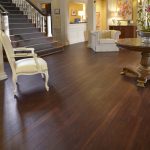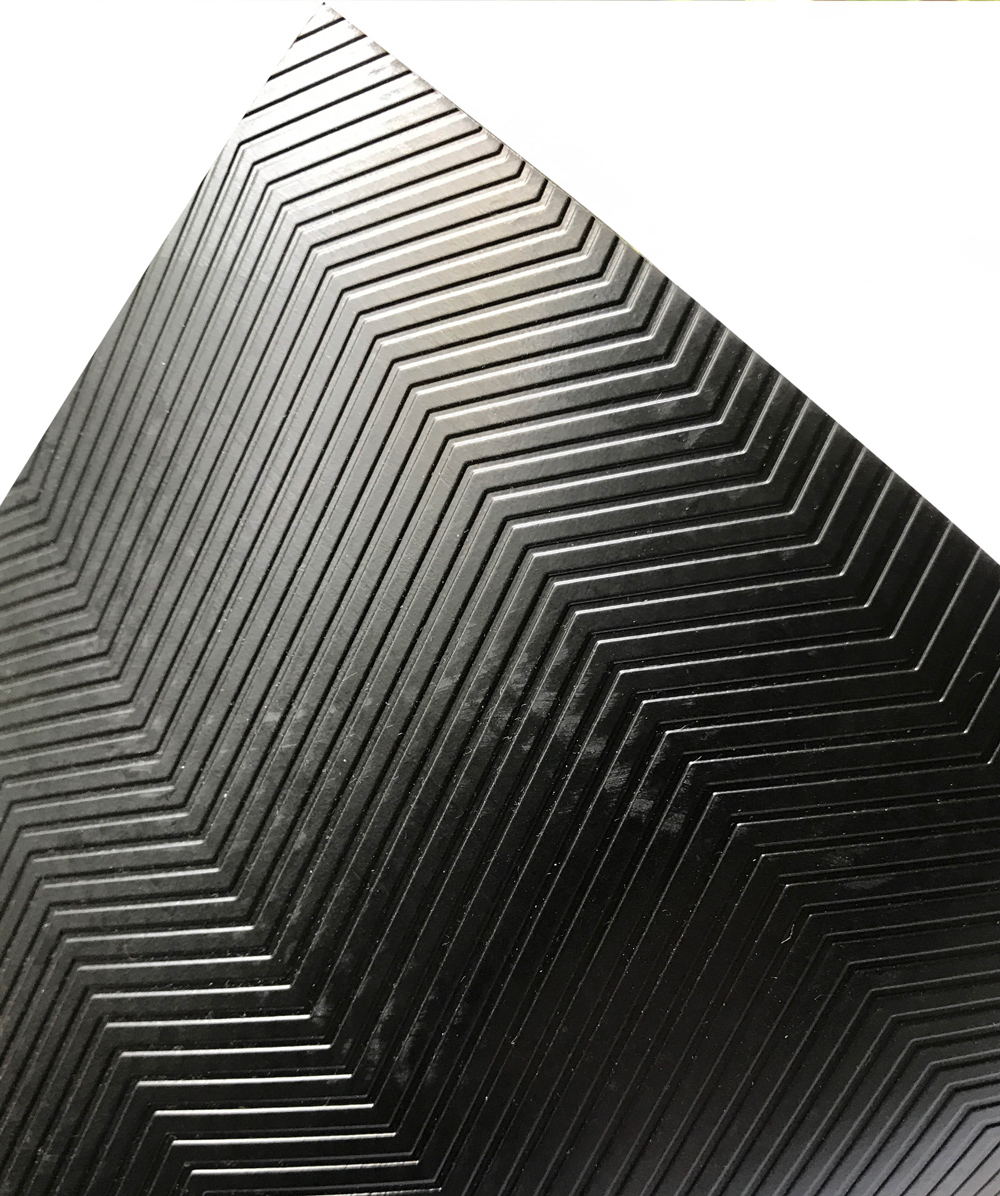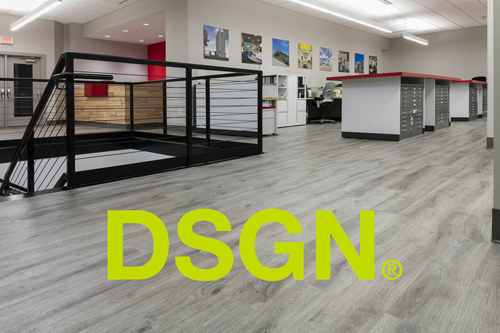
What you need to know about Loose Lay LVT
Guest AVA Advisor

Graham Capobianco
Technical Director, Lititz Flooring
Reference Images
AVA DSGN® features Loose Lay Installation.
However, when installed correctly and in the right conditions, Loose Lay LVT can be a great problem solver for many applications, especially in commercial environments. Loose Lay LVT has many of the same performance attributes of traditional LVT: it has a thick, durable wear layer that provides superior wear protection, a UV-cured finish that allows for easy maintenance, and a number of color and format options to suit most design needs. However, Loose Lay LVT also has many other performance benefits that make it stand out against traditional LVT products.
- Loose Lay can be installed over existing floor coverings. There are some restrictions which we’ll cover later, but this is easily the most useful performance attribute of Loose Lay LVT. It’s especially useful for existing flooring materials that may be difficult or costly to remove.
- Loose Lay can easily be removed and replaced. This makes Loose Lay LVT an ideal option for areas where flooring may be temporary or have a short lifespan, as removal and replacement will not damage the substrate or the flooring material. The material can even be re-installed at a later date or in another location.
- Loose Lay is ideal for raised access floors. There are some restrictions to this as well but, for the most part, Loose Lay LVT can easily be installed over most raised access floors, especially those that may require frequent access. Since Loose Lay can be removed and replaced whenever access is needed, it is the ideal flooring option for raised access floors.
- Loose Lay has a higher sound rating than traditional LVT. While traditional LVT typically will not contribute significantly to sound reduction, Loose Lay LVT is a thicker product with a textured back that offers improved sound testing results. This is especially helpful in corporate, multi-family or hospitality installations.
- Loose Lay can butt up to thicker products. At 5mm, Loose Lay tile can butt directly up to a number of thicker products that would normally require a transition. Depending on actual thickness, 3/16” or 5mm carpet, rubber and thin hard surface products can usually be installed flush with the surface of Loose Lay to provide an ideal visual appearance.
- Loose Lay LVT does require some adhesive. Despite the name, loose lay LVT does require adhesive in order to provide a tight installation. However, it requires significant less adhesive than traditional LVT does, as it only requires a band of adhesive around the perimeter of the installation and, in large or commercial areas, an “x” pattern through the center of the installation. A spray adhesive, such as the NFA-S300, is usually the preferred adhesive choice, as it is easy to install and has an extremely long open time. Loose Lay LVT installed with spray adhesive is also easier to remove and replace, should the need arise.
- Loose Lay LVT requires a flat substrate. Just like glue-down or click-and-lock LVT products, Loose Lay LVT requires a flat substrate prior to installation. It’s important to keep in mind that, while thicker than traditional LVT, Loose Lay LVT will still telegraph divots, low/high spots, wide seams in the substrate and other substrate imperfections. For this reason, it’s important to repair substrates in order to reach a flatness tolerance within 3/16” in 10’ or 1/8” in 6’.
- Loose Lay LVT requires a solid substrate. Because Loose Lay LVT is mostly un-adhered to the substrate, it’s important that the substrate beneath it be fully adhered (not perimeter glued or click-and-lock), solid, sound and supportive. Soft substrates, such as recycled rubber, carpet, or cushioned sheet vinyl, may have too much deflection and cause issues for a Loose Lay installation.

When the conditions are right, Loose Lay LVT installations combine unique performance and visual beauty to meet the aesthetic and technical needs of many projects and installations. As long as the proper precautions are observed and all substrates are suitably prepared, it could be as long, or as short, of an installation as is required. Don’t be afraid to use loose lay anywhere you may use traditional LVT.
Questions or comments? Let us know by going to the contact page!




